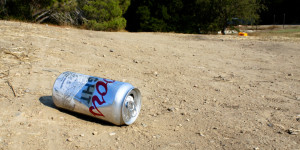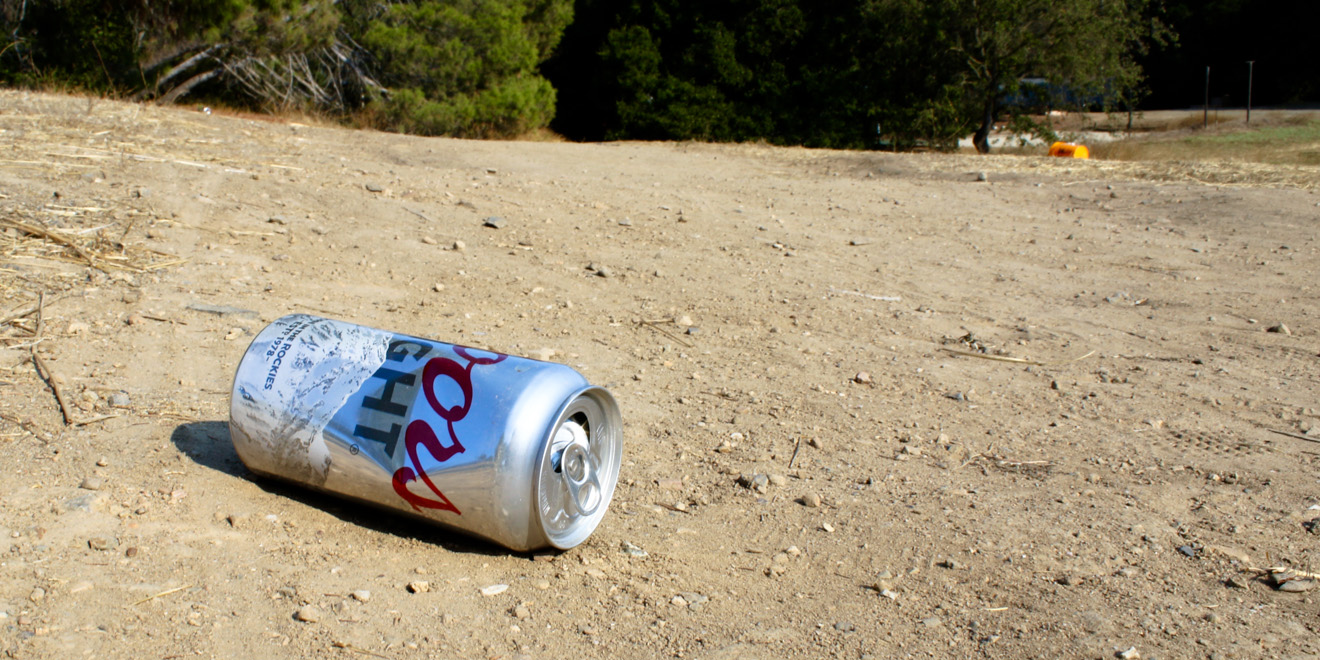
Sexual assault is a hot topic among college campuses, and Stanford is no exception. One aspect of the sexual assault discussion here on campus is what students have nicknamed the “scary path.”
The 528-foot-long “scary path” is a dark dirt path that extends from the paved road between the Kappa Alpha Fraternity and the Enchanted Broccoli Forest to the back of 680 Lomita. The shortcut has become notorious among students as a place where the threat of sexual assault looms more strongly than ever.
Efforts are currently being made to light and pave the path to make it safer for passersby. At the head of the project is Alexis Kallen ’18. A former executive fellow for the Associated Students of Stanford University (ASSU), Kallen said the “scary path” was first brought to her attention when the organization received “hundreds of emails about the path” from students who have felt unsafe using it. Kallen turned the issue of the “scary path” into her final project for her Sophomore College class, titled “One in Five: the Law, Policy, and Politics of Campus Sexual Assault.”
Although no reports of specific incidents of sexual assault on the path itself are currently available, former Stanford athlete Brock Turner was found sexually assaulting an unconscious woman last January in the surrounding woods, roughly 15 feet from the path, according to Kallen.
“Even if there is no accessible data on how many assaults have occurred on the path, Stanford shouldn’t wait for another assault to occur before they take action,” Kallen said.
Along with former ASSU president Elizabeth Woodson ’15 and Vice Provost for Student Affairs Greg Boardman, Kallen has been working to overcome the obstacles that stand in the way of making the path safer.
These obstacles include both the fact that the path itself is not connected to a light grid and that paving the path would destroy the habitat of an endangered species of salamander, the same species Lake Lagunita was drained in order to protect.
Kallen has been working to devise a new scheme.
“Building an elevated wooden boardwalk instead of paving the path would leave the salamanders undisturbed,” Kallen said. As for the lights, connecting the path to the back of 680 Lomita would provide the “scary path” with sufficient lighting.
“There are already plenty of good reasons for this path to be lit, including the previous alleged assault in that area,” said law professor Michele Dauber, who was Kallen’s Sophomore College professor.
“[The path] is not only scary for women, but dangerous for all that can trip and fall in the dark,” Dauber added.
According to Kallen, another potential problem with the addition of lighting is that more light would encourage more people to walk along the path and through that dark area in general. More light would also require the Stanford Police Department to enforce more surveillance surrounding the path as Stanford police officers are only required to watch over lit, official University paths. This would require changing the current surveillance patterns and measures.
Progress has been slow but steady, Kallen said, with subtle pushback concerning the salamanders, light and security measures from both county and state levels.
Kallen agrees that Stanford, like most colleges across America, has miles to go before we can call our school completely safe.
“Stanford, like every other school in the nation, has a huge problem with sexual assault, and there’s much more to be done,” Kallen said.
Kallen remains hopeful that lighting the path would significantly decrease both the threat and the number of incidents of sexual assault and misconduct on campus.
“Lighting this path is the most tangible option we can take,” she said.
Contact Arielle Rodriguez at arielle3 ‘at’ stanford.edu.
